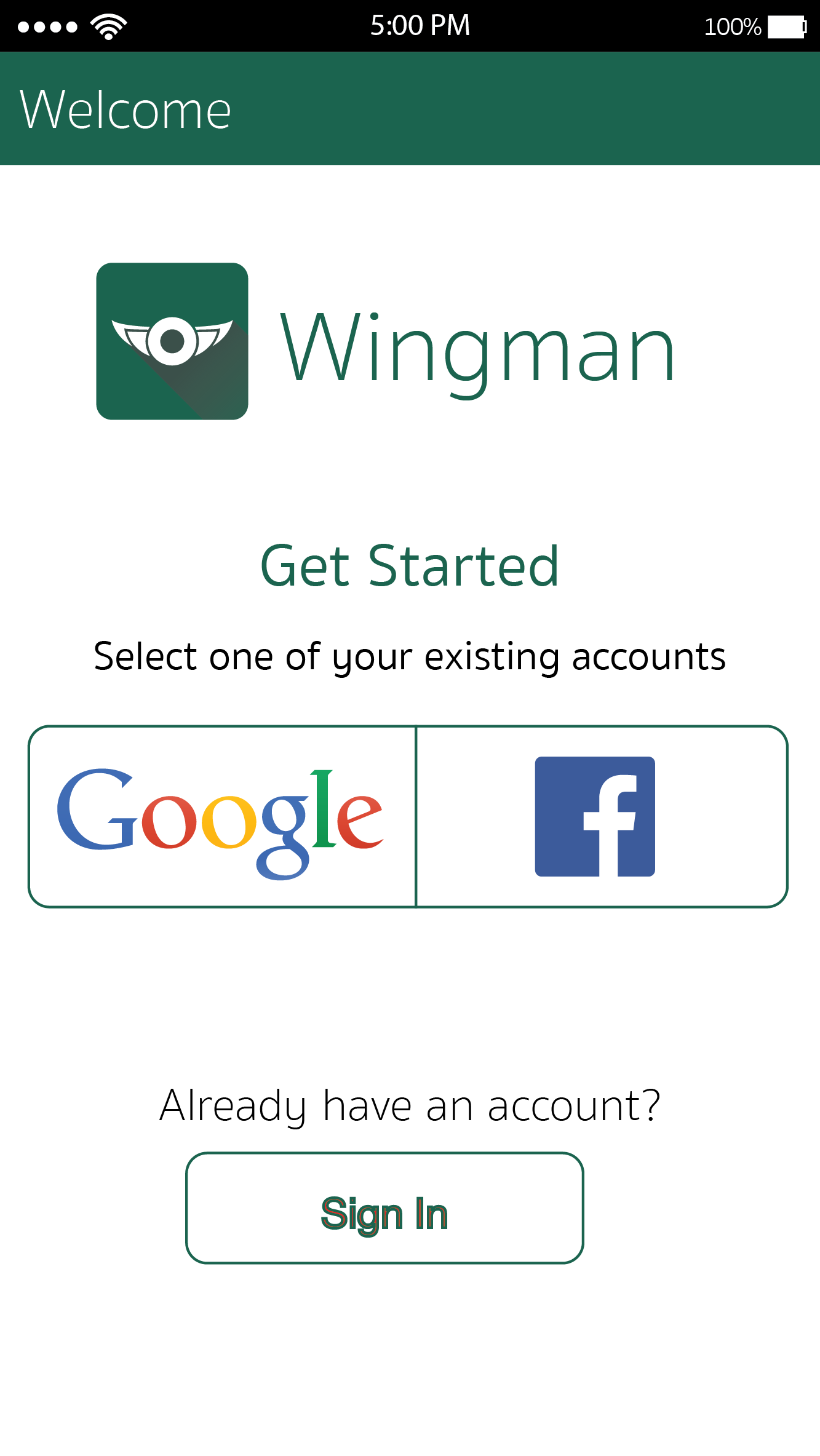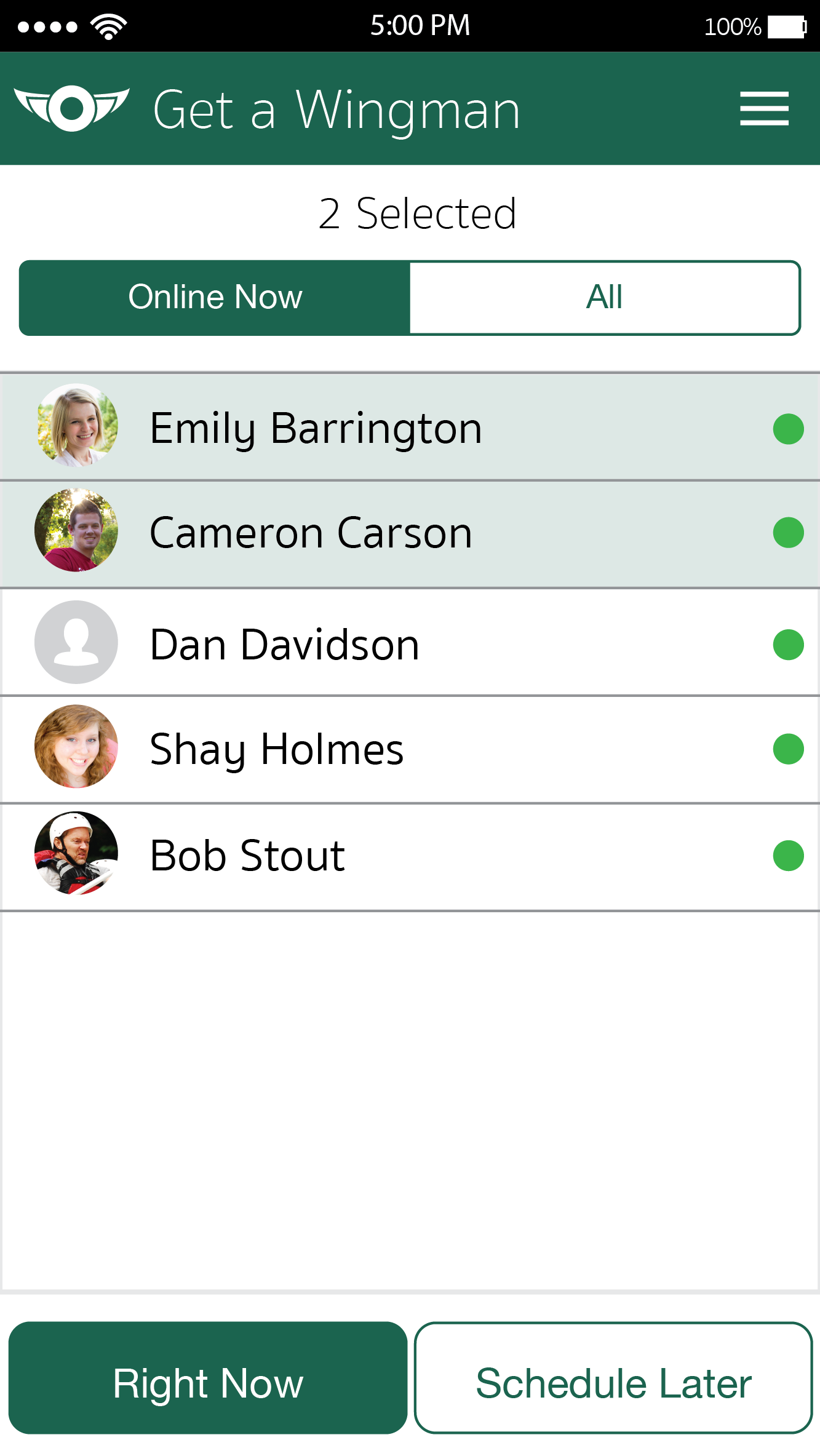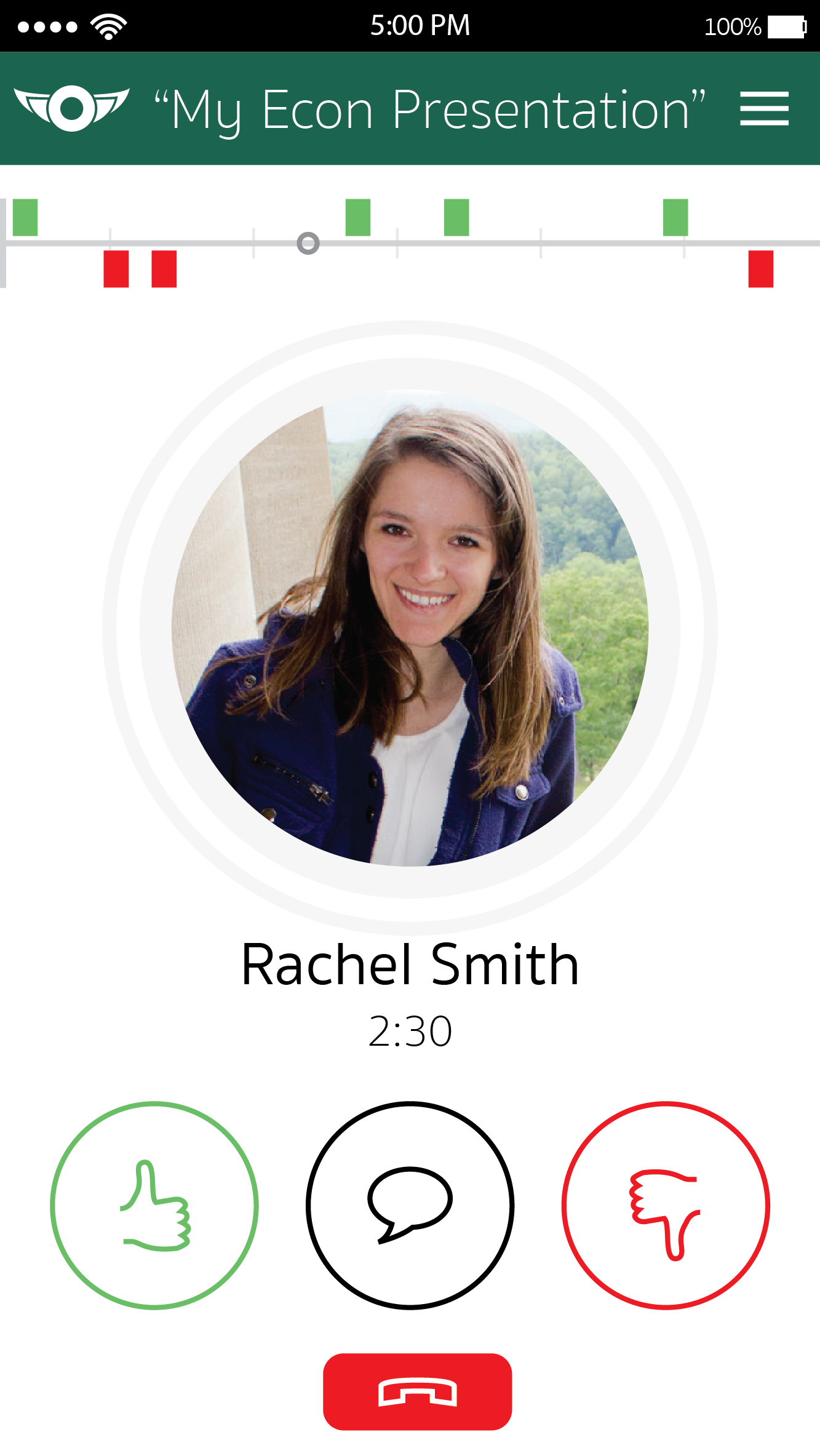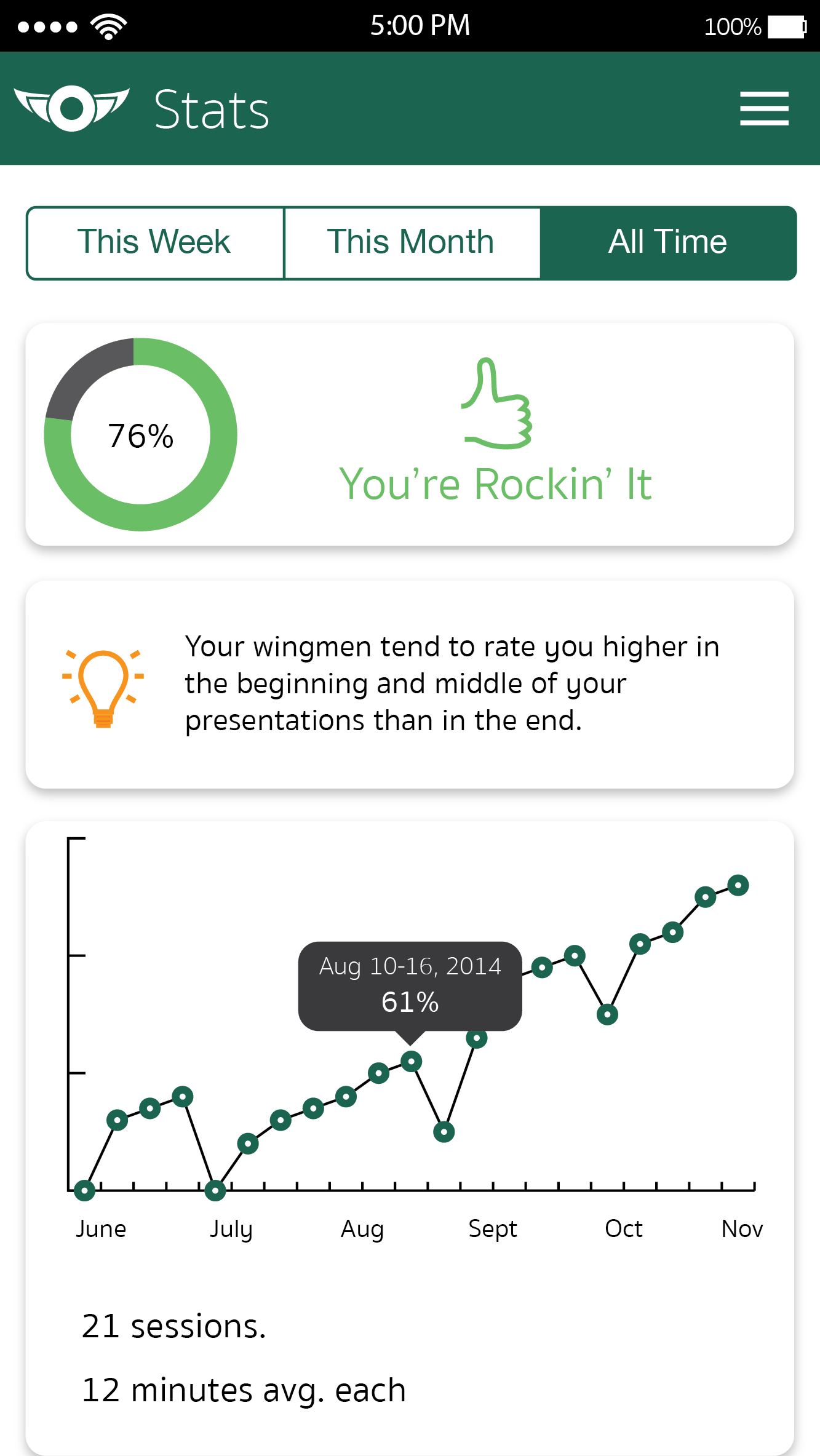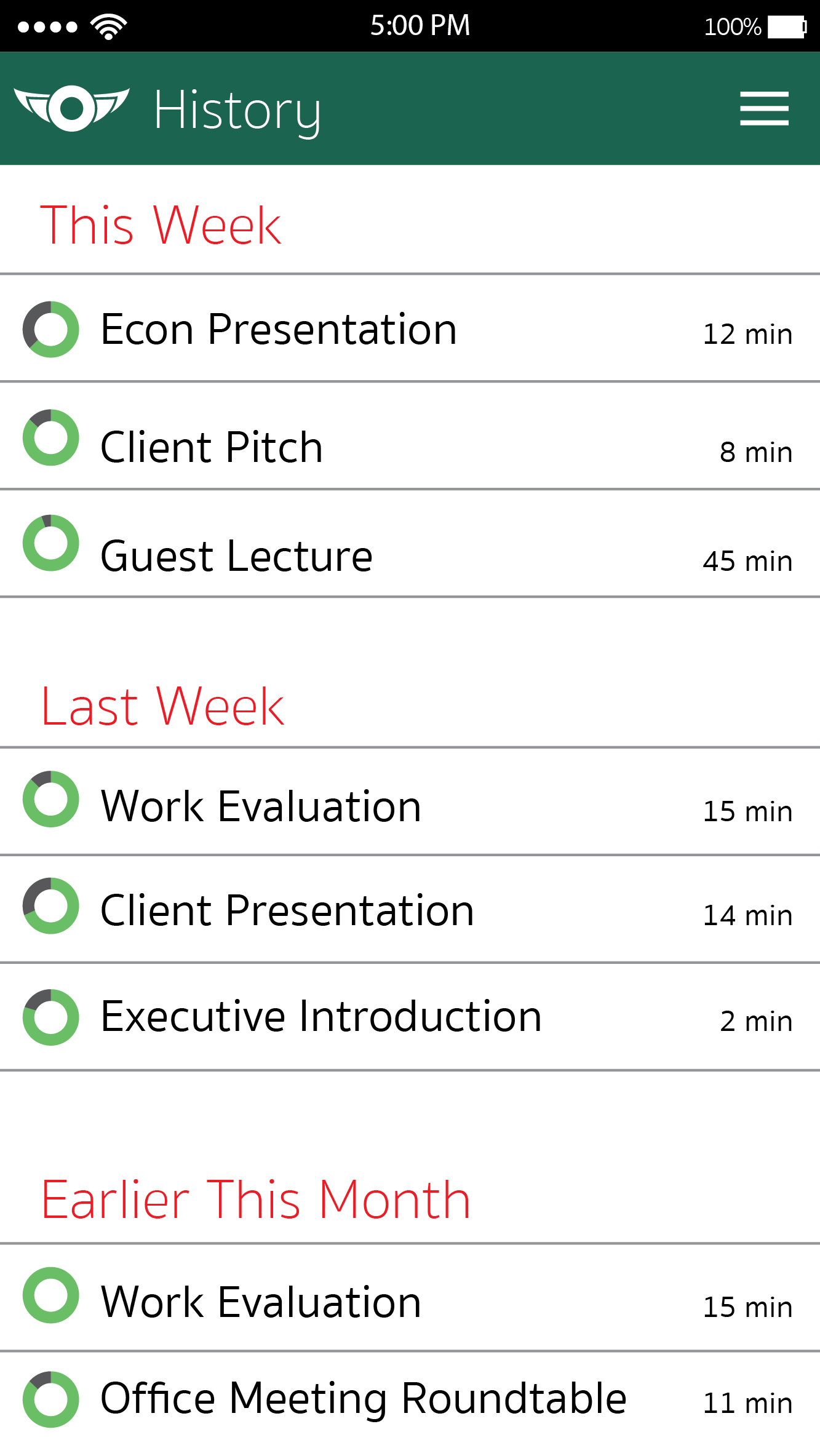Wingman
Feedback in Context
Helping "Self-conscious Strivers" improve their presentation skills.
Techniques
- Exploratory Research
- Contextual Inquiry
- Personas
- Wireframing
- High-fidelity design
Background
Glossophobia, the fear public speaking, affects 74% of all people in America. 5.3 Million people in America have some sort of social phobia.
The Dunning-Kruger Effect put very bluntly means that "our incompetence masks our ability to recognize our incompetence" (2). We cannot know how we're performing without an external perspective; that's how we learn and improve.
Organizations like Toastmasters International have empowered everyday people to speak more confidently. Understandably, there are two main reasons why Toastmasters is successful in helping people speak more confidently: practice and actionable feedback.
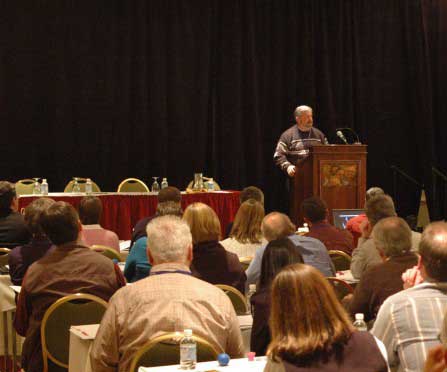
Problem
Feedback is traditionally given out of context and after the fact—usually because it's the only practical way. This requires a person receiving feedback to go off of his/her memory over which parts of their presentation the feedback applies to. Also, receiving feedback after the fact means it's possible to go way off track and never realize it until it's too late to change.
Wireframes
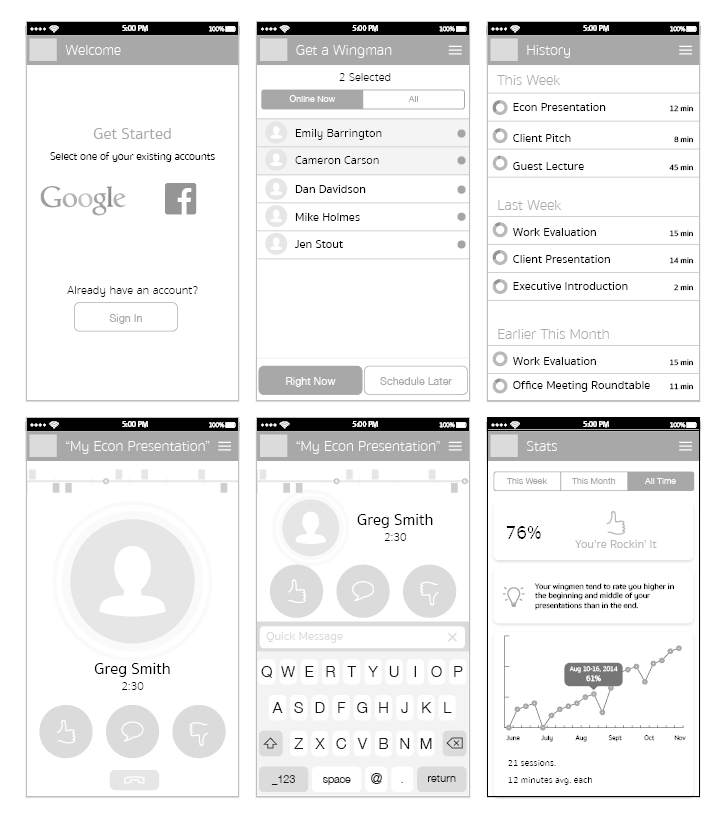
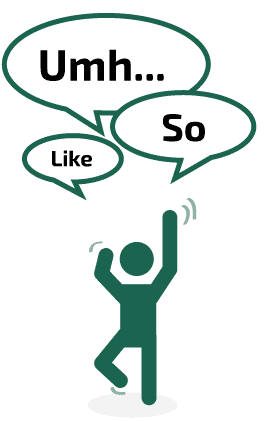
Research
- Observing Toastmasters sessions with live speakers revealed very interesting insights.
- Most speakers are grossly unaware of the frequency they are using filler words, such as "Um, so, like... etc."
- Body language can significantly distract from the words of a speech.
- Most speakers sincerely want to get better and value feedback they receive.
Empathy
- Participating in a Toastmaster speech was an excellent way to develop empathy.
- It's difficult to be accurately mindful of how one is doing while performing live.
- Doing a post-mortem on one's own speech is difficult without a recording, because it's so easy to not remember how exactly one did during parts of a speech.
Archetype
Self-conscious Strivers: people who seek feedback from others and genuinely want to improve their performance.
Context
Boardroom or customer site using mobile phones.
Requirements
- Sync feedback within the context of a recording of a presentation.
- Graph feedback on a time series spanning the presentation.
- When recording is not available, the graph will be relied on.
- Easy collaboration with friends to give you feedback.
- Optional vibration live feedback.
- Performance metrics over multiple meetings to spot change.
- Summary of feedback.
Personas
Derek

Derek is an early-career professional who frequently needs to present at meetings with external teams and occasionally customers several times a week. He's often unsure of how he's doing during a speech and asks his peers after the fact to see how he did. He wants to improve at public speaking, because it will get him noticed more by his manager and help him advance in his career. Feedback helps him, but it's sometimes hard to remember the context in which people give him feedback, especially days later when it's time to present again. He wishes he could learn from how he did.
Angie

Angie pitches projects to her manager and clients frequently. She's a confident speaker, but she sometimes can get off track and finds out only after the fact. She meticulously prepares for pitches, and she would like to know more about what is working well and what is not. She can't record some of her meetings with her clients due to legal reasons. She is often times part of a team who is competing against another team to win a client.
High-Fidelity Designs
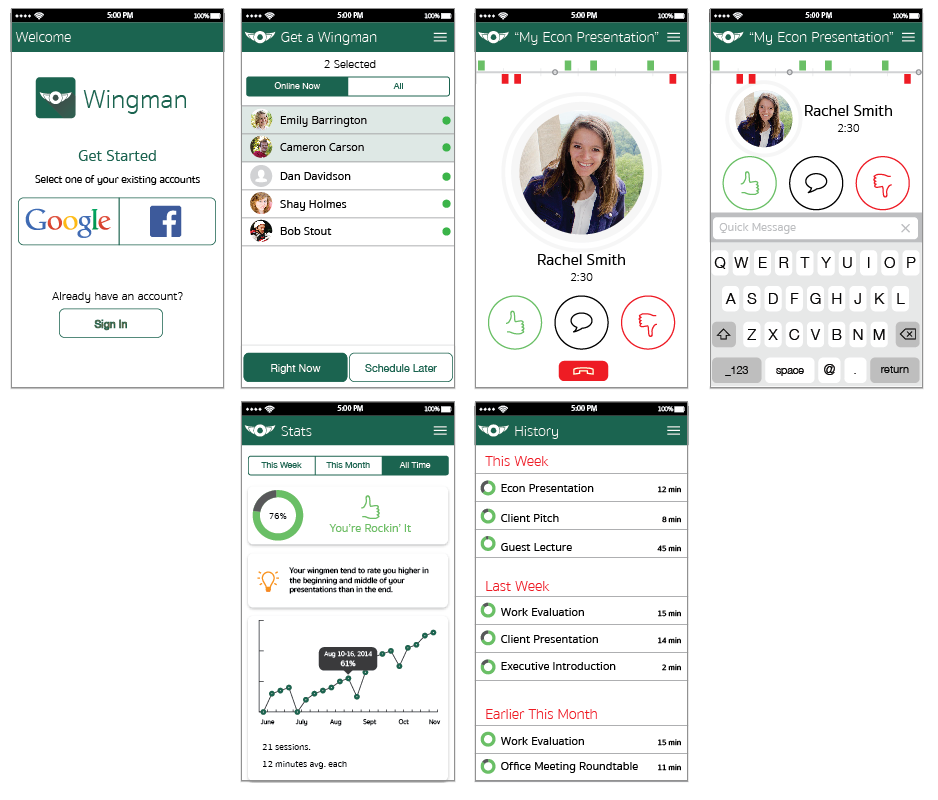
Framework
Easy, one-click login with existing Google or social media account.
Contacts, friends automatically added.
Minimalistic interface to provide nominal and text feedback.
Refinement
Plain text advice generated based on statistical analysis of performance
Logo and graphics that suggest confidence and support
Simple color scheme
REFERENCES:
(1) National Institute of Mental Health via http://www.statisticbrain.com/fear-of-public-speaking-statistics/
(2) http://opinionator.blogs.nytimes.com/2010/06/20/the-anosognosics-dilemma-1/?_r=0
